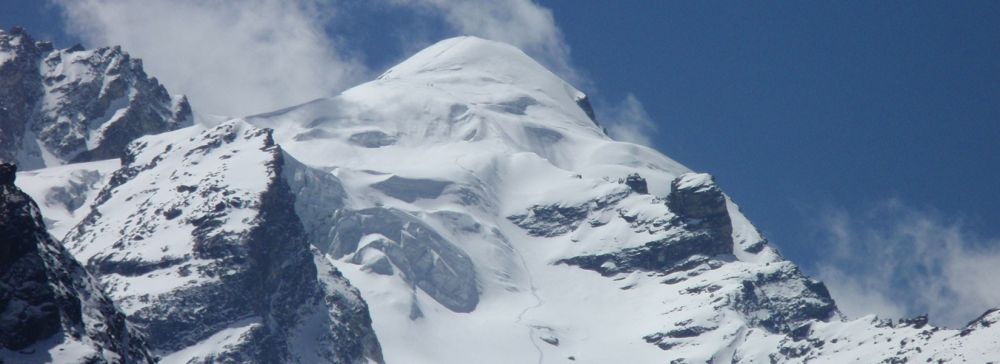

When planning a visit to the magnificent Baden-Powell Peak, nestled in the serene region of Helambu in Nepal, timing is of the essence to ensure an optimal trekking experience. The peak trekking season in Helambu is typically during the pre-monsoon months of March to May and the post-monsoon months of September to November. During these times, the weather is the most favorable, as days are generally clear, offering the best visibility and breathtaking panoramic views of the Himalayan ranges. Temperatures during these periods are also more manageable; daytime is pleasantly warm while nights are cool but not yet freezing, providing comfort for hikers during their ascent. The rhododendron forests, a highlight of the region, are in full bloom in the spring, adding a splash of color to the scenery.
Conversely, during the monsoon season (June through August), the trails can be slippery, leech-infested, and the peaks often shrouded in mist, reducing visibility. The winter months (December to February) bring snow, making the trek much more challenging and the temperatures at high altitudes can become bitterly cold, potentially leading to adverse conditions for climbers. Therefore, outside the peak trekking seasons, it is essential to be very experienced and well-prepared for extreme conditions. Keep in mind that the off-peak seasons are less crowded, offering a more solitary experience for intrepid trekkers willing to face the harsher weather conditions.
| Month | Min Temp | Max Temp |
|---|---|---|
| January | -6 °c | 3 °c |
| February | -5 °c | 5 °c |
| March | -2 °c | 8 °c |
| April | 1 °c | 10 °c |
| May | 5 °c | 15 °c |
| June | 7 °c | 17 °c |
| July | 8 °c | 16 °c |
| August | 7 °c | 16 °c |
| September | 6 °c | 15 °c |
| October | 2 °c | 12 °c |
| November | -3 °c | 8 °c |
| December | -5 °c | 4 °c |